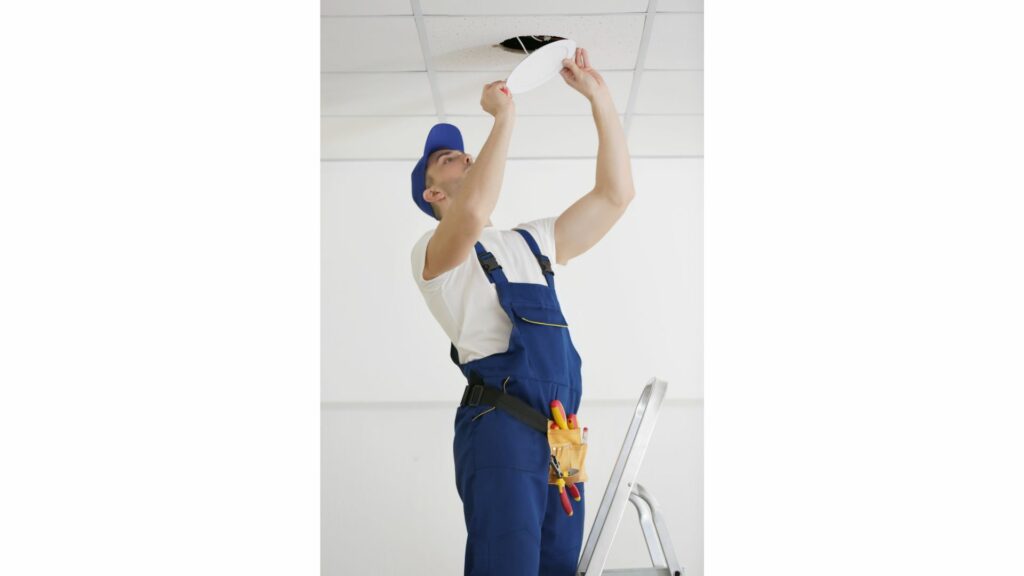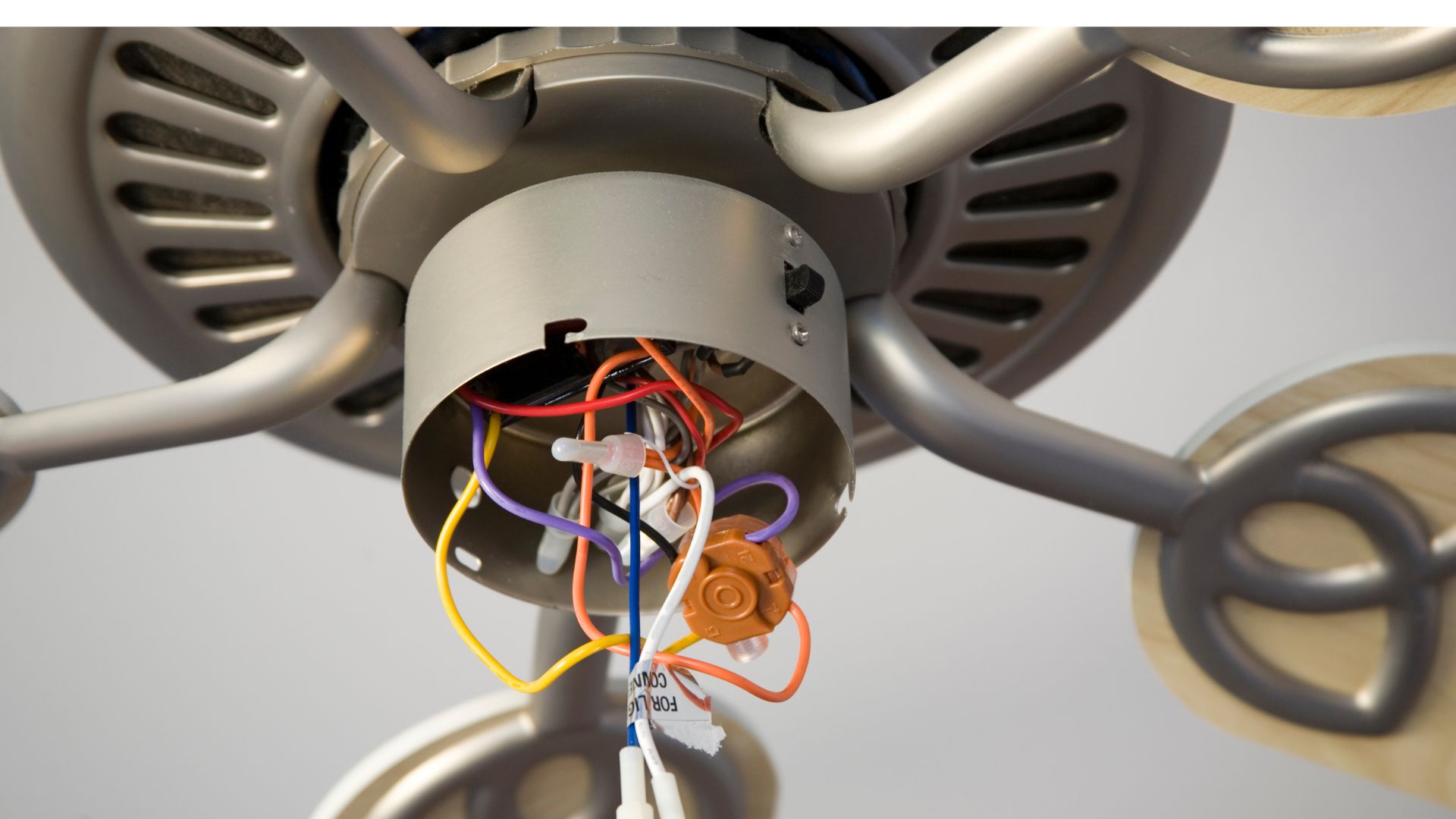Lights are low-duty devices. Does that mean you can wire them backward without consequences? This guide will tell you.
Will A Light Fixture Work If Wired Backwards? So long as the live wire can transmit electricity from the panel, these devices will work.
What Happens If A Light Fixture Is Wired Backwards?
The light fixture works with hot, neutral, and ground wires to illuminate your home. You connect the hot wire to the brass screw, the white wire to the silver screw, and the ground wire to the green screw.
Each line serves a purpose. The ground conductor draws the current away from the metal components. As such, contractors run the ground wire to the metal box of the fixture.
The hot wire will bring the current to the light, while the neutral wire takes the electricity back. Reversing the wiring introduces several problems, including:
1). Electrocution
People don’t get electrocuted when they install a bulb because the hot wire brings the current to a small pin deep within the socket. It takes a deliberate effort to touch that pin with your finger.
This design is intentional because it makes light bulbs relatively safe. Wall outlets are the same. The electrically charged contacts are deep within the receptacle, obscured by thin slots. The metal shell (if the device has one) is safe because it connects to the neutral wire.
This allows you to touch the fixture’s sides without getting shocked. Reversing the wiring changes this configuration. It energizes the shell, exposing anyone that tampers with the bulb to danger.
You may create a similar situation by connecting the light to a receptacle whose polarity is reversed. You can’t trust the threads not to shock you the next time you insert a bulb.
2). On/Off
Reversing the wiring means a bulb will go off when it should be on or stay on when you want it off. This presents a challenge when you want to turn the light fixture off to fix the reversed wiring. You may touch the metal shell or the threads without realizing that these components are still energized.
3). Damage
It can damage sensitive appliances, causing them to short-circuit. However, modern devices can defend against this mistake.
Bulbs are technically delicate and sensitive. However, reverse wiring is not dangerous to them. You would expect this issue to harm LEDs, but they are more likely to stop working if you connect the wires in reverse, particularly in the face of a low-voltage supply.
You have to worry when the supply voltage is too high, in which case, an open-circuit failure is a logical outcome. Check the manual to better understand the consequences associated with your particular device.
Reverse polarity is not harmless in every situation. For instance, an LED Neon Flex fixture may overheat and burn because of reverse polarity. Explosions are not likely. But I won’t be surprised if you blew a fuse or popped a breaker.
4). Fire
People don’t associate reverse polarity in light fixtures with fires. Reverse polarity can cause fires in other devices because of the resulting short circuit, arcing, or overheating. Fires usually start when poorly wired appliances ignite objects such as curtains in the vicinity.
The chances of a reverse polarity bulb starting a fire are extremely low. However, you can’t rule it out.
How To Wire Light Fixture Correctly?

- Identify the hot (black or red), neutral (white), and ground (bare or green) conductors.
- Run the black or red wire to the brass terminal. This line brings the current from the panel.
- Run the white wire into the silver screw.
- The ground wire goes to the green screw.
Watch this video to know more in detail!
How you connect the wires depends on the setup. For instance, you may tie each conductor to a screw or wrap it around a second wire emerging from the ceiling. The second option requires wire nuts to secure the connection.
The first one requires the contractor to make a u-shape that loops around the screw. You secure the connection by tightening the screw. Use a wire stripper to expose as much wire as you need.
Keep in mind that reverse polarity is one of many concerns. The neutral wire can break or disconnect, creating an open neutral. You can also make an open hot, where the live wire breaks or disconnects. But the open hot isn’t that bad because it simply prevents the device from receiving the power it needs to work unless the broken live wire touches a metal component.
Things To Consider Before Wiring Light Fixture
Light fixtures are relatively easy to wire. Keep the following in mind to avoid mistakes:
1). Follow The Local Code
People don’t consider the local codes because light fixtures are simple devices. However, if the local code addresses wiring in light fixtures, take a moment to find out what it says before you act. It isn’t a question of avoiding cases of reverse polarity but, instead, adhering to the regulations of the code.
Some codes require the contractors to apply for a permit for projects that need new wiring. These stages are a hassle, but they are necessary to protect you from unnecessary penalties.
2). Have You Identified The Different Wires?
Some wires are labeled. If yours are not, use a multimeter to identify them. Connect the black probe to a metal surface and its red counterpart to one of the wires. The neutral line will give you a 0V reading.
The reading for the hot wire will match the voltage coming from the power source. You can also find the hot wire with a voltage tester.
3). Identify The Terminals.
The brass screw is the hot terminal, the silver screw is the neutral terminal, and the bare or green screw is the ground. Once you know the identity of each screw, you can connect the wires to the correct terminals. Some lights have labels revealing the role each terminal plays.
4). Check The Manual
Some light fixtures don’t follow conventional wiring configurations. They may offer screws, terminals, or wires with the same color. You may observe two screws instead of three or more than three screws.
Therefore, you should consult the manual before taking any action. This document will eliminate any confusion you may have. You may void the warranty if you damage the light fixture because you failed to follow the instructions.
5). Test
Don’t forget to test for reverse polarity using a voltmeter. Make sure the voltage at the rim is close to zero. The center contact should be hot. If the light is connected to an outlet, use an outlet tester to check the receptacle’s polarity.
This involves plugging the tester into the outlet and checking the readings. If you detect reverse polarity, shut the power off using the breaker, disassemble the outlet and change the wiring.
Related post:

